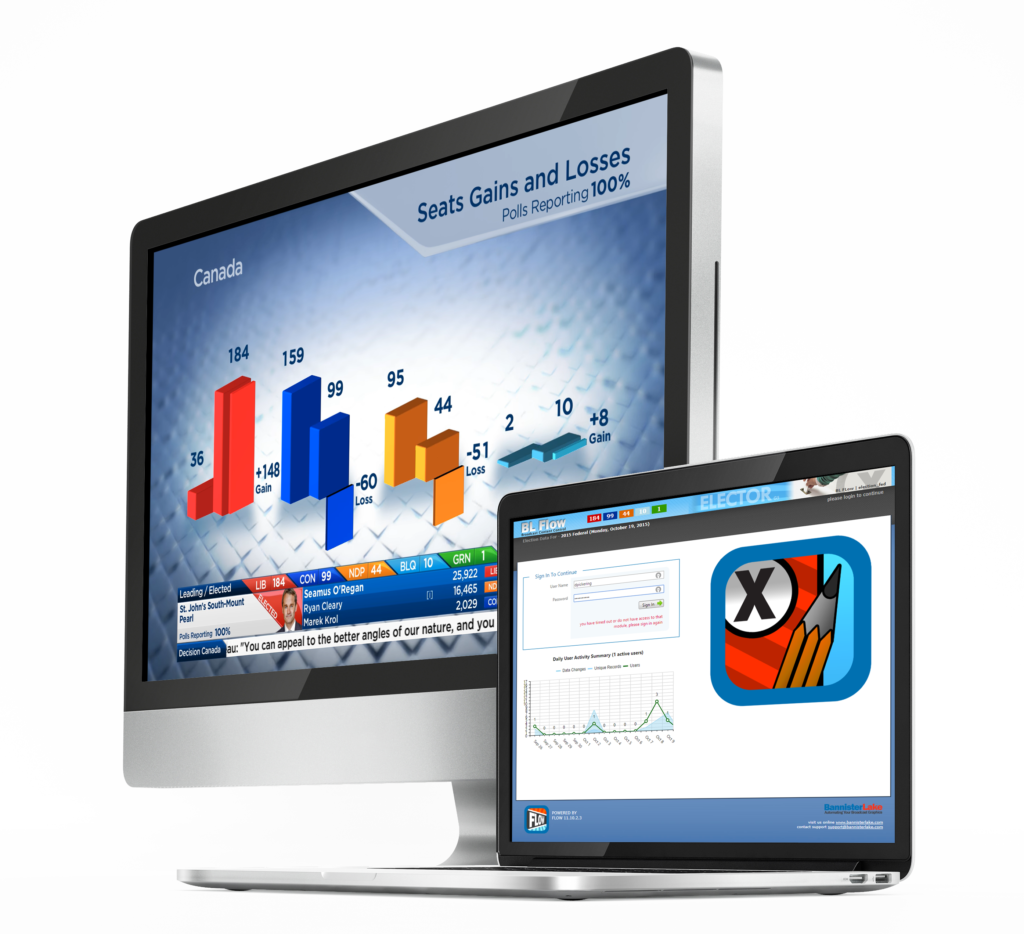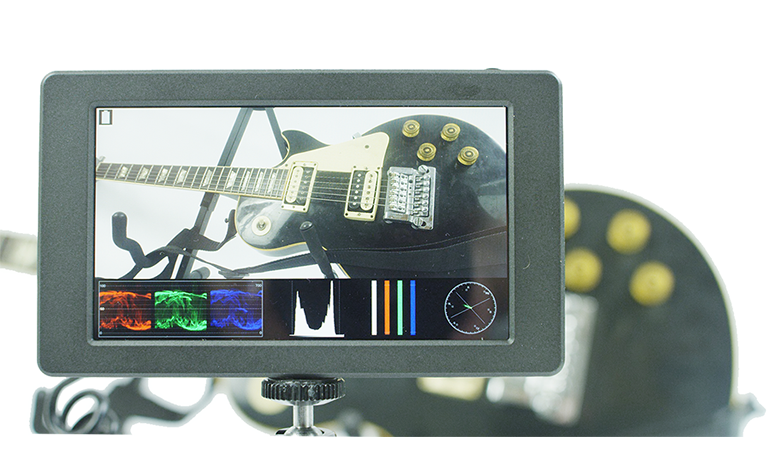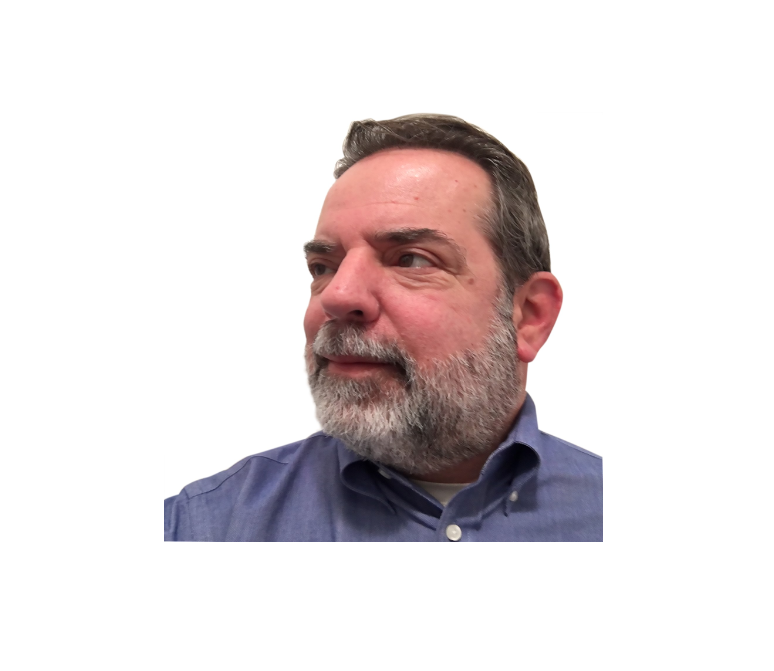Brandon D. Hyde
Job: Cinematographer
www.www.hdproguide.com/network/profile-325
EXPERIENCE:
Well, I started in photography. My first DSLR was a Nikon D80. It wasn’t a bad camera and was really great to learn on. From there, I started taking photos of pretty much everything. But something was really missing in those shoots. Then I made my first short film. And I absolutely fell in love. It was the outlet I was looking for. From there, I got a 4 year BA in Film Studies from Southeastern University in Lakeland, FL. In that, I also spent a semester in LA learning the Hollywood world as an intern while shooting just as many shorts as I could.
CURRENT PROJECTS:
Now, I’m full-time freelance. I no longer do photography but am really busy working as a cinematographer. Currently, music videos are a huge part of my work. I am also starting a 3-day shoot on a short film called That Which Falls Apart directed by a good friend of mine, Leighton Silvestro. The following few weekends after that I’m shooting a short film with an up-and-coming director Lucas Omar called Show and Tell. And for both of those films and for other upcoming projects I will be shooting HD and 5K. Most everything I am shooting is on a Canon 5D Mark III, but I’m also hooked up with a production company that has two RED EPICs. So I’m getting some really great experience on some great high quality cameras while I’m shooting my other stuff on the side.
FAVORITE HD CAMERAS:
It really depends on the project. I always want to go for the best so I’m always thinking about using the EPICs. And now that RED has released the DRAGON, I’m very excited to try it out. A lot less light will be needed to create the image you’re looking for. But not everything I shoot can afford the REDs or have the time to make the setups with the REDs. In those situations, I’m going to shoot on the 5D MKIII. Nothing beats it in low light and the portability of the body just makes it the perfect run-and-gun camera. And really for post work, if you have to turn it around quickly, you have to use the Canons. So it does depend on the project but I will always carry my DSLR with me, even as a C camera.
HD PROJECT AND WORKFLOW:
This is a short film I shot called I Am Super. It’s a great little indie-style comedy/drama written and directed by Brandon Agan. We had very little money to shoot the 30-minute film. Because of cost and time, we shot everything on a 5D MKII except one shot we used the 7D and one fight scene setup, we shot with three 5D MKIIIs.
vimeo.com/69025297 (trailer for I am Super)
The workflow is incredibly easy as well. My editor just took the files, backed them up, opened up Premiere Pro and started a DSLR 24 fps sequence, and it was ready to edit. Simple.
EFFECTS OF HD TECHNOLOGIES:
HD has completely changed my world as a cinematographer. Before, it took much too long to process. Between sending stuff to the labs like I did in film school, to MiniDV tape, and now to CF cards. Just the processing time itself is so much faster, and continues to be. It’s quite wonderful knowing exactly what I’m getting before I even leave the set. Dailies are now moments away, not 24 hours.
In terms of production, HD has transformed the entire industry. With a digital format, I’m now able to obtain images with a $2,500 camera and a $1,000 lens that 10 years ago would have taken a $65,000 camera with another $75,000 lens. Plus the cost of film is no comparison to the cards we use now. The only issue is really the storage space, but we had to deal with that for film anyways. For me, depending on project of course, I will most likely choose an HD format over film unless it’s a feature. Commercials, shorts, music videos, documentaries, etc. are much easier delivered in an HD format and usually don’t get the time allowance that a feature can get.
HD TIPS:
(1) Exposure, exposure, exposure. If you over or under expose, you aren’t giving your editor the information he needs. I don’t know how many times during editing I’ve kicked myself because things were too dark.
(2) Overshoot. We no longer have to worry about running out film. It’s pretty much unlimited storage. Why not give your editor as much as you can? It will only make it better in the end.
(3) Stability and movement. I see tons of the handheld things, especially with the DSLRs – that is just incredibly distracting. Get a slider, a Steadicam, or even just a tripod. My favorite tool is my slider. The movement is extremely pleasing visually, and is not that hard to setup, and it can be done quickly.
Check out Brandon’s work.
www.facebook.com/BrandonDHydeDP
Sign Up for Free! (click here)
Join the HDPROGUIDE.com Network today.
- Members have an opportunity to be featured in the HDProGuide Magazine and website.
- Connect with Professionals around the world.
- Broadcast your Reels and post your videos in the video showcase.
- See what other professionals in the broadcasting and the motion picture industries are working on and achieving.
- Share your HD production blogs and production stills highlighting HD tools and technologies.
- Find professionals to work with in your area, and be found by hiring companies.
Click here to create your FREE Professional Networking Profile. See you in the Network!






